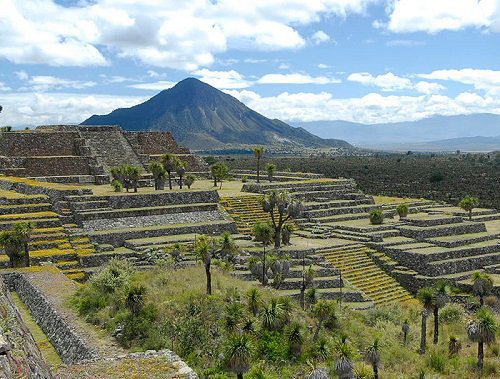
Excelente
611 Views
Cantona is one of the largest cities found in Mesoamerica. The figures speak for themselves of its importance: the site covers an area of about 14 km2 and includes a road network with more than 500 cobbled streets, more than 3,000 courtyards, 100 acropolises with ceremonial buildings and temples, 27 ball courts and at least 20 entrances, protected by walls. Built in a time of wars and invasions, Cantona is almost a fortress.
Tepeyahualco is a municipality in the state of Puebla, its name means "In the roundness or circle of hills", its main historical buildings are La Ermita de San Pedro or Tepeyahualqui, the ruins of the city of Cantona, an architectural vestige of ancient Mexico, the Hacienda de San José Tizaco, the hacienda of Micuautla, the hacienda of San Roque and its portals, the hacienda of San Antonio Alchichicas, the main festival is June 29, San Pedro Apóstol, decorated with purple festoons and flowers, as an eco-tourist attraction There is the Alchichica Lagoon, which is a volcanic crater and due to changes in the subsoil its water level has dropped, a place of great beauty, it is used for recreation, swimming and fishing.
Saint Peter the Apostle is celebrated on June 29, decorated with purple festoons and flowers; pilgrims from the Sierra Norte of Puebla attend, on the fifth Friday of Lent, in homage to the image of Father Jesus de Soto; on Holy Saturday pilgrimages are organized. It is celebrated on February 2 in honor of the Virgin of Candelaria; March 21, the birthday of Benito Juarez, with parades organized by educational institutions; Holy Week, Holy Saturday and Palm Sunday where it is customary to visit the Alchichica lagoon; May 5, Battle of Puebla; All Saints' Day; December 8, celebration of the Immaculate Conception; December 12, celebration of the Virgin of Guadalupe, December 24, Christmas Eve and New Year